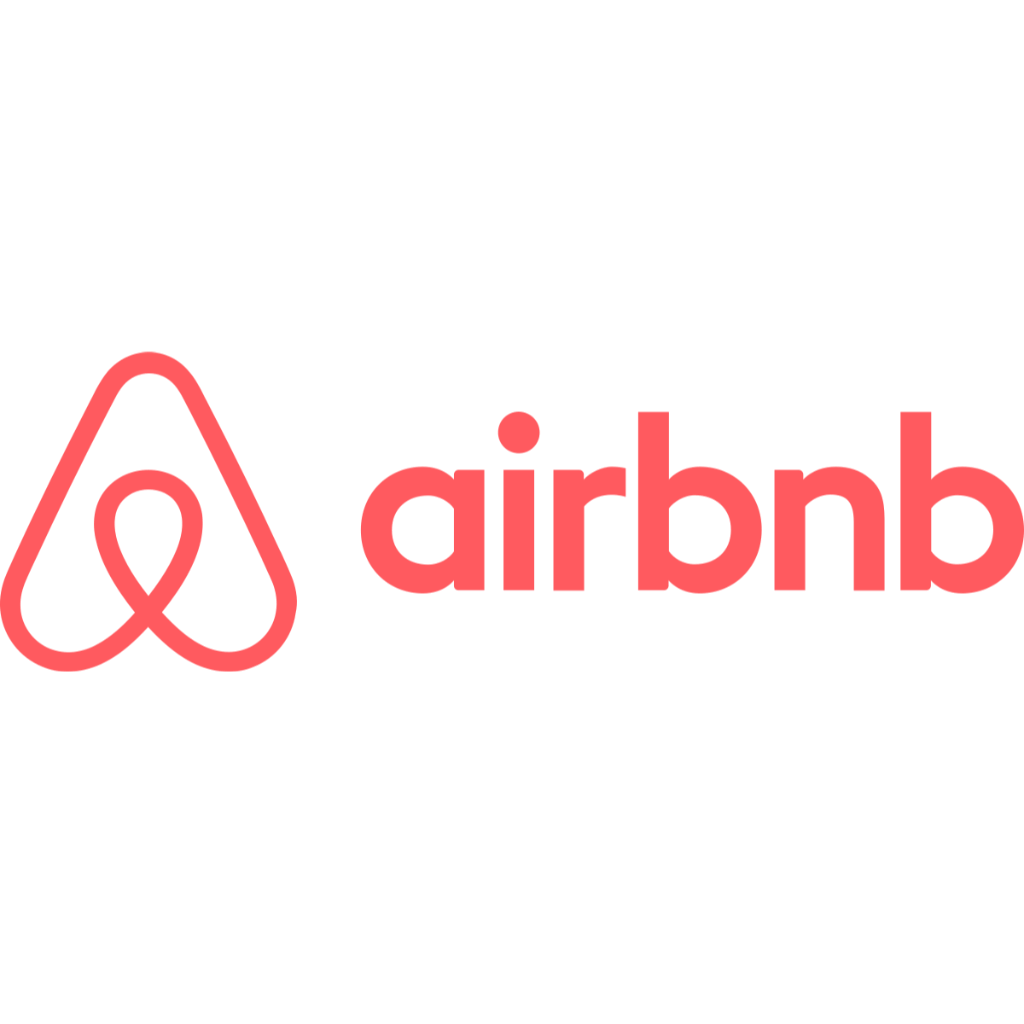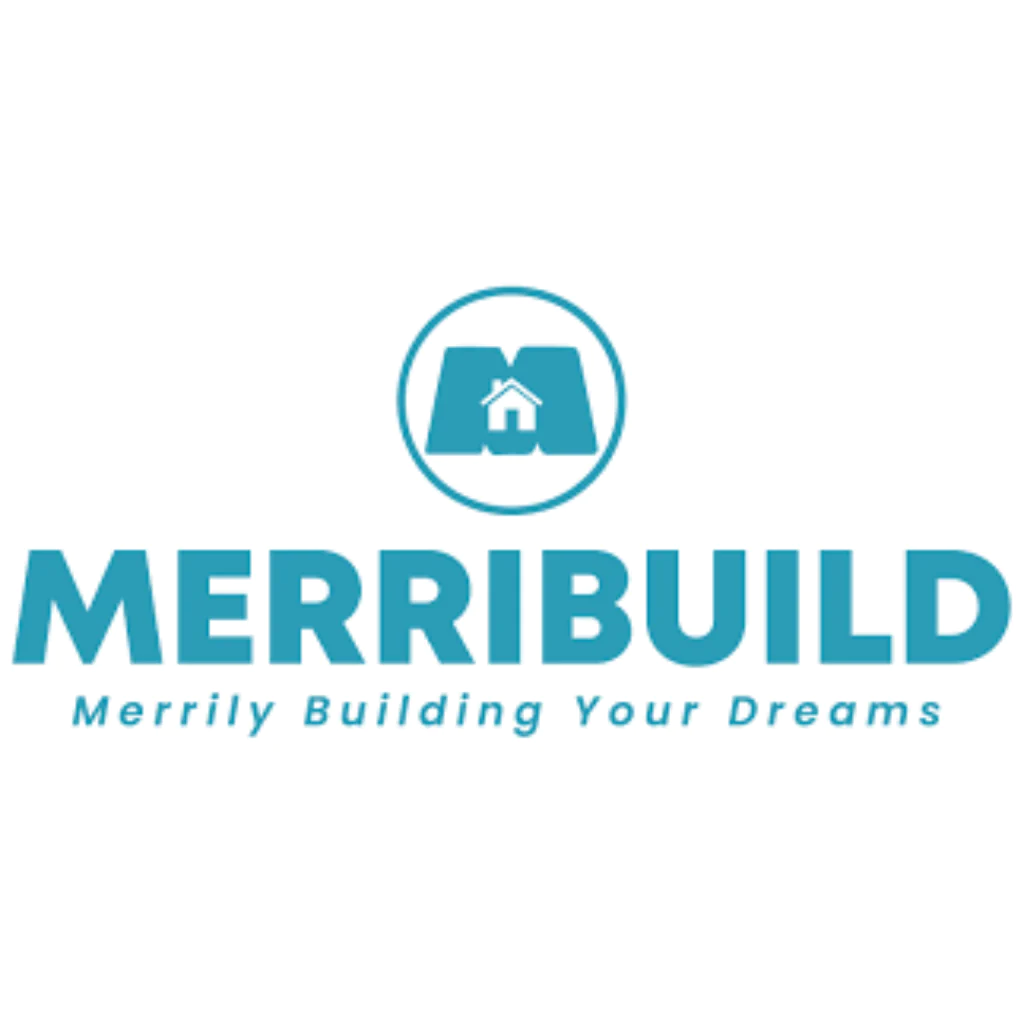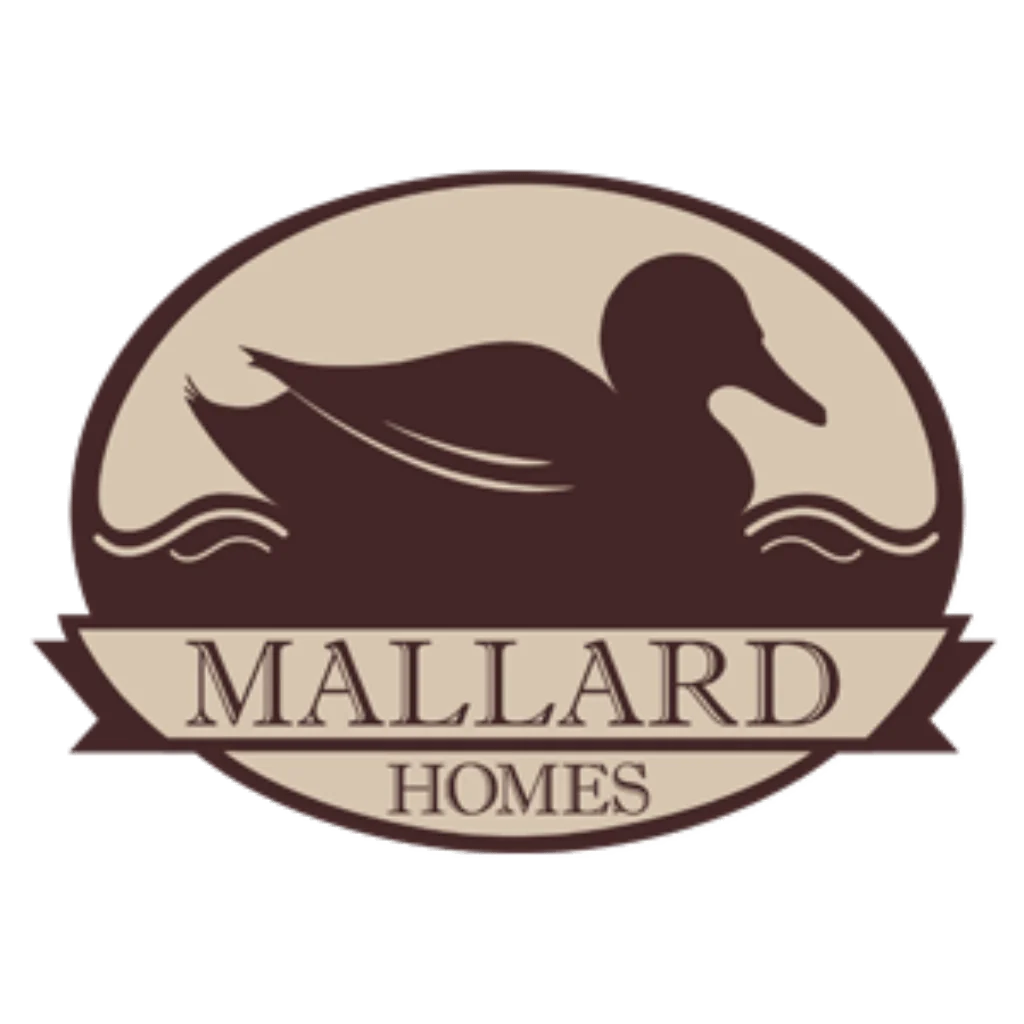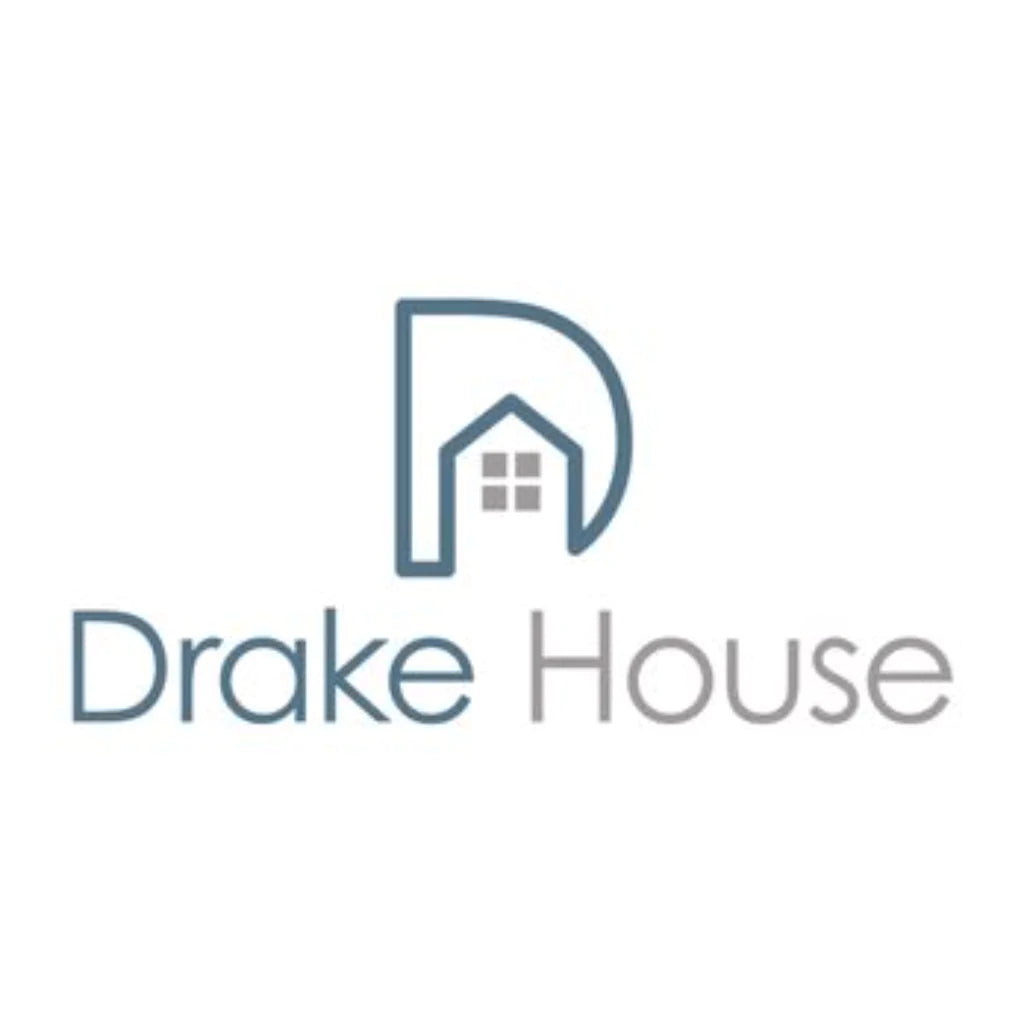SKU:FP12R+AC01375K
Valcourt Mundo II Wood Fireplace With Traditional Gravity Kit
Valcourt Mundo II Wood Fireplace With Traditional Gravity Kit
Optional Accessories
Couldn't load pickup availability
- Free Shipping on Orders Over $400
- Same-Day Order Processing
- Easy Monthly Installments Starting at 0% APR*
• Text or call 888-992-1556
• Email support@usfireplacestore.com
• Start a live chat
Our team is available to serve you 8:00 AM - 11:59 PM ET, 7 days a week.
With its straight lines, simplistic shape and neutral color, Mundo II completely redefines the true nature of wood heating. Its modern design perfectly combines functionality, comfort, and safety. Environmentally-friendly, this non-catalytic fireplace is EPA certified with an incredibly low particle emissions rate of only 1.14 g/h despite its 80,000 BTU/h maximum heat output.
Its extra-large clean face glass offers a full view of the flames, entitling you to a truly exceptional show.
The hot air gravity distribution kit available with the Mundo II will allow you to harness all the power from this incredible fireplace while respecting the contemporary lines of your decor. The most serious user can also install a forced air distribution kit which will allow for better and more efficient heat transfers to rooms located further from the fireplace.
What's Included
- 50" Wood Fireplace
- Traditional Gravity Kit
- Moulded Refractory Bricks
- Stainless-steel secondary-air system improving gas combustion
Not Included (Sold Separately)
- Firescreen Door
- 4''Ø Fresh Air Intake Register with Airtight Damper
- 6"Ø x 25' Insulated Flex Pipe for Forced Air Kit
- Forced Air Kit
- 4''Ø x 10' Insulated Flex Pipe for Fresh Air Intake Kit
- Fireplace Carrying Handles
- Metallic Black Finishing Trim
Specifications
| Model Number | FP12R |
| UPC | 773388188393 |
| Combustion Technology | Non-catalytic |
| Fuel Type | Dry cordwood (16" recommended) |
| Recommended Heating Area | 1,800 - 2,900 |
| Overall Firebox Volume | 2.5 cu. ft. |
| High-Efficiency Certified Appliance | Yes, EPA 2020 approved |
| Maximum Log Length | 20" |
| Log Positioning | Loading over width |
| Chimney Diameter | 6" |
| Flue Outlet Diameter | 6" |
| Type Of Chimney | CAN/ULC S629, UL 103 HT (2100 °F) |
| Minimum Chimney Height (Feet) | 15' |
| Baffle Type | C-Cast |
| Approved For A Mobile Home Installation | No |
| Shipping Weight | 765 lb (347 lb) |
| Door Type | Single, glass with steel frame |
| Glass Type | Ceramic glass |
| Glass Surface – Dimensions (Width x Height) | 26 1/8" X 13 3/8" |
| Glass air-wash system | Yes |
| Overall Dimension (Height) | 40 5/8" |
| Overall Dimension (Width) | 50 1/4" |
| Overall Dimension (Depth) | 27" |
| Door Opening – Dimension (Height) | 10 3/8" |
| Door Opening - Dimension (Width) | 25 3/8" |
| Firebox – Dimension (Height) | 12 1/8" |
| Firebox – Dimension (Width) | 20 3/8" |
| Firebox – Dimension (Depth) | 12 7/8" |
| Moulded Refractory Bricks | Yes |
| Stainless-steel secondary-air system improving gas combustion | Yes |
| USA Standard (Emissions) | EPA |
| Canadian Standard (Emissions) | CSA B415.1-10 |
| Usa Standard (Safety) | UL 127 |
| Canadian Standard (Safety) | ULC-S610 |
| Tested And Listed As Per Applicable Standards | By an accredited laboratory (CAN/USA) |
|
| Fuel Type | Dry cordwood |
| Recommended heating area () | 1,800 - 2,900 |
| Overall firebox volume | 2.5 cu. ft. |
| EPA loading volume | 1.69 cu. ft. |
| Maximum Burn Time () | 9h |
| Maximum heat output (dry cordwood) (2) | 80,000 BTU/h (23.4 kW) |
| Overall heat output rate (min. to max.) (2)(3) | 14,200 BTU/h (4.16 kW) to 48,200 BTU/h (14.13 kW) |
| Average overall efficiency (EPA cribs / Douglas fir) (3) | N.A. (HHV) (4) N.A. (LHV) (5) |
| Average overall efficiency (dry cordwood) (3) | 68% (HHV) (4) 73% (LHV) (5) |
| Optimum efficiency (6)(7) | 74% |
| Average particulate emissions rate (8) | 74% |
| Average CO (9) |
53 g/h |
Values are as measured per test method, except for the recommended heating area, firebox volume, maximum burn time and maximum heat output.
()Recommended heating area and maximum burn time may vary subject to location in home, chimney draft,heat loss factors, climate, fuel type and other variables. The recommended heated area for a given appliance is defined by the manufacturer as its capacity to maintain a minimum acceptable temperature in the designated area in case of a power failure.
(2)The maximum heat output (dry cordwood) is based on a loading density varying between 15 lb/ft³ and 20 lb/ft³. Other performances are based on a fuel load prescribed by the standard. The specified loading density varies between 7 lb/ft³ and 12 lb/ft³. The moisture content is between 19% and 25%.
(3)As measured per CSA B415.1-10 stack loss method.
(4)Higher Heating Value of the fuel.
(5)Lower Heating Value of the fuel.
(6)Performances based on a fuel load prescribed by the standard at 7 lb/ft³ and with a moisture content between 19% and 25%.
(7)Optimum overall efficiency at a specific burn rate (LHV).
(8)This appliance is officially tested and certified by an independent agency.
(9)Carbon monoxyde.
|
| Manufacturer* | Brand | Type | Diameter |
| American Metal | HSS | AC Triple Wall | 6" (15 cm) |
| American Metal | HS | AC Triple Wall | 6" (15 cm) |
| DuraVent | DuraTech | 1" Solid Pack | 6" (15 cm) |
| DuraVent | DuraTech Canada(DTC) | 1" Solid Pack | 6" (15 cm) |
| DuraVent | DuraPlus HTC | 2" Solid Pack | 6" (15 cm) |
| DuraVent | DuraTech Premium | 2" Solid Pack | 6" (15 cm) |
| DuraVent | DuraPlus | AC Triple Wall | 6" (15 cm) |
| Metal Fab | Temp Guard | 1" Solid Pack | 6" (15 cm) |
| Olympia Chimney | Champion Chimney System | 1" Solid Pack | 6" (15 cm) |
| Olympia Chimney | Rockford Chimney Systems | 1" Solid Pack | 6" (15 cm) |
| Olympia Chimney/SBI Venting Division | Ventis | 1" Solid Pack | 6" (15 cm) |
| SBI Venting Division | Nexvent | 1" Solid Pack | 6" (15 cm) |
| Security Chimney | S-2100 + | 2" Solid Pack | 6" (15 cm) |
| Selkirk | CF Sentinel (CF) | 2" Solid Pack | 6" (15 cm) |
| Selkirk | Super Pro 2100 (ALT) | 2" Solid Pack | 6" (15 cm) |
| Selkirk | Super Vent 2100 (JM) | 2" Solid Pack | 6" (15 cm) |
*Specific components may be required depending on the chimney manufacturer.
|
| Canada | United States | |
| Clearance – top (measured from the platform on which the appliance is installed)** | 76" | 76" |
| Clearance – combustible side mantle to unit | 8" | 8" |
| Clearance – combustible side wall to unit | 13" | 13" |
| Clearance – top shelf to unit | 48" | 48" |
*The information given on the certification label affixed to the appliance always overrides the information published in any other media (owner's manual, catalogues, flyers, magazines and/or web sites).
**Some appliances have been tested with a low ceiling. Before setting up your unit, refer to the installation manual.
Documents & Files
- Fresh Air Intake Register Manual
- Chase Reduction Kit Manual
- Firescreen Door Manual
- Fireplace Carrying Handle Kit Manual
- Forced Air Distribution Kit Manual
Frequently Asked Questions
Do I need an EPA certified or CSAB415.1-10 certified heater?You first have to identify what your needs are. If you are looking for ambiance, a temporary heat source in a cottage or a camp, or a simple back-up heat source in case of power failure, you do not necessarily need to invest more money in order to buy an EPA or CSAB415.1-10 certified wood heater. However, if your goal is to heat on a regular basis, the extra dollars will prove to be a good investment. Furthermore, it must be noted that certified heaters release up to 90% less particles into the atmosphere, which makes wood a renewable and clean source of heat. As a result, if the style and size of the heater you are looking for is available in a certified version, it is highly recommended that you invest in this advanced combustion technology. You will help the environment and reduce your wood consumption by up to 30%.NOTE: If you live in the United Sates, British Columbia, Ontario, Quebec, Nova Scotia, New Brunswick or Newfoundland, EPA certified wood heaters are mandatory. Exceptions apply for certain categories of products, such as decorative fireplaces. Certain municipalities may also have by-laws that require the installation of an EPA or CSAB415.1-10 wood heater, even though the province does not have an official regulation on wood heating. It must also be noted that in Canada, the CSAB415.1-10 Standard is equivalent to the EPA Standard. A wood heater that meets this Standard will generally comply with the regulation in place. |
How do I determine the size of heater I need and where should I install it?Before answering this question, it is very important that you clearly identify what your needs are. Some people will buy a heater simply to enhance the ambiance of a room, while others will buy a heater as their main source of heat. There is no good or bad reason for buying a wood-heat system. If you simply want to enhance the ambiance of a room, most small to medium size heaters will suit your needs. Simply chose the style you like best, and put the unit in the room where you spend the most time. The heat and look of a glowing fire will create an atmosphere of warmth and coziness. If your primary need is to heat, you must verify the heating capacity of your heater based on the technical data provided by the manufacturer. For instance, if you want to heat an 800-square-foot area on one floor, you need to buy a heater with a minimum capacity of 800 sq. ft. If you need to heat more than one floor, keep in mind that heat rises. Therefore, a heater located in your basement will help you heat the main floor as well. However, the contrary is not true; a heater located on the main floor (ground floor) will not heat the basement. Keep in mind also that the more divisions there are in the house, the harder it will be to distribute the heat evenly. If you need to heat two floors, calculate the surface of the lower floor. Then, add 50% of the surface of the upper floor. For instance, if you install a wood-heating system in the basement and you have 800 sq.ft., you will need a heater with a minimum capacity of 1,200 sq.ft. (800 + 400 = 1,200. If you need to heat more than two floors, calculate the surface of the lower floor (where the wood-heating system is located). Then, add 50% of the surface of the middle floor, and 25% of the surface of the upper floor. For instance, if you install a heater in the basement and you have 800 sq.ft., you will need a heater with a minimum capacity of 1,400 sq.ft. (800+400+200= 1,400). Consult the drawing below. It will help you understand the explanations provided in this section. REMEMBER: We are talking about "zone" heating, not central heating. The room where the heater is located and the rooms directly above it will always reach higher temperatures than the rooms distant from the unit. If you want an even temperature throughout the house, you need to consider a central heating system, such as a warm air wood furnace. Furthermore, you must keep in mind that the size of the heater you need may vary based on the insulation of your house, its exposure to wind, and the number of windows. It will always be prudent to buy a heater with a capacity that is slightly higher than the minimum capacity that you need. For instance, if you need a minimum capacity of 1,400 sq.ft., it will be more prudent to buy a heater with a capacity of 1,600 sq.ft., if not 1,800 sq.ft. There are three main advantages in buying a larger appliance: the increased heating capacity, the ease of loading more and larger logs (as a result of the greater firebox volume), and the increased combustion time (given the higher loading capacity).  The drawing above gives an example of the minimum heating capacity required for a wood-heating system installed in a house with three floors of 800 sq.ft. each. We assume that the house is well insulated and that air can circulate between each floor through an open stairway and/or floor traps. |
Why is the efficiency as per the EPA’s test data smaller than the publicized optimum efficiency?EPA refers to the CSAB415.1-10 standard for the calculation of the appliance’s efficiency. The efficiency reported as per EPA’s directives consists of an average between four different burn rates, ranging from the lowest burn rate (air intake completely closed) to the highest burn rate (air intake completely open). The optimum efficiency that we publicize is the efficiency obtained according to the same test data, but for the low burn rate only. This efficiency is more realistic for a majority of users whose heating needs require that the unit be used to maximize burn times. |
Does my heater qualify under the LEED program?The Leadership in Energy and Environmental Design (LEED) Green Building Rating System™ encourages and accelerates global adoption of sustainable green building and development practices through the creation and implementation of universally understood and accepted tools and performance criteria. LEED is a third-party certification program and an internationally accepted benchmark for the design, construction and operation of high performance green buildings. It provides building owners and operators the tools they need to have an immediate and measurable impact on their buildings’ performance. The Canadian Green Building Council (CGBC) certifies LEED projects. The Certification is based on the total point score achieved, following an independent review and an audit of selected Credits. With four possible levels of certification (certified, silver, gold and platinum), LEED® is flexible enough to accommodate a wide range of green building strategies that best fit the constraints and goals of particular projects. The Canadian rating systems are an adaptation of the US Green Building Council's (USGBC) LEED Green Building Rating System, tailored specifically for Canadian climates, construction practices and regulations. The rating systems are adapted to the Canadian market through an inclusive process that engages stakeholders and experts representing the various sectors of the Canadian industry. Wood or pellet stoves, fireplaces, and inserts can qualify under LEED and obtain up to one point provided that they meet the following criteria. |
Why does the fire go out when I close the loading door?Possible causes and solutions: 1. The moisture content of your wood is too high. Solution: Make sure you use good, seasoned cord wood. The wood you burn plays an important role in the overall performance of your heater. Your wood should have been properly dried for approximately one year. Storage is also key. Wood that has been cut for one, two or even more years will not necessarily be dry if it has been stored in poor conditions. Under extreme conditions, it may have rotten instead of drying. Smaller pieces of wood will dry faster. The wood should be stored in a place where the grass is not too long, and where the wind will be able to circulate between the logs. A 12-inch gap should be kept between the cords. The wood should be placed in the sunniest area and should be protected from the rain and snow on top, but not on the sides. Use a moisture reader to measure the moisture content of your wood. Ideally, it should be below 25%. 2. The air control mechanism is not open enough. Solution: Adjust the air control mechanism in order to keep the flue temperature within the comfort zone (between 250 °F and 475 °F) on your chimney thermometer. The air control mechanism must always be closed gradually. You need to obtain a good bed of red embers and the logs must be completely lit up before you close the air control completely. This can easily take up to one hour. 3. The logs that you are using are too big. Solution: Use smaller pieces of wood and place them to allow proper air circulation between the logs. The same weight of wood cut in many small pieces will produce more heat than fewer, larger logs. Only add big logs when you have a good bed of red embers. Logs with a diameter exceeding 6 inches should always be split. Avoid stacking logs to the top of the firebox. 4. The chimney draft is too weak. Solution #1: In many cases, a weak draft is simply due to insufficient heat in the exhaust system. Build a small, intense fire, and leave the door ajar (never leave the heater unattended). Before inserting larger logs, use dry kindling to obtain a good bed of red embers. Gradually increase the size of the logs. Close the unit’s door when you reach a flue temperature of approximately 475 °F on the chimney thermometer. Leave the air intake fully open for approximately 15 minutes. Then, gradually close the air intake control. Note that there is no danger in letting the temperature inside the flue reach approximately 700 °F during the start-up. This is even favorable in order to properly start your heater. You must, however, avoid maintaining excessive temperatures (above the comfort zone on your thermometer) during a long period of time. Your chimney thermometer should be positioned on the exhaust pipe, approximately 18 inches above the unit. Solution #2: Your heater may not have all the oxygen it needs to allow for a sufficient draft. You first need to ensure that the room where the heater is located is sufficiently large and well ventilated. Open the nearest window by approximately 2 inches. If you notice a significant improvement, it is a sign that the unit needs more oxygen. The room may be too insulated or too small. Without an additional source of oxygen, the draft will remain weak and cause the glass stay dirty. Solution #3: The chimney may be too short. In order to obtain a sufficient draft, your chimney must have a minimum height. Twelve feet (from the heater to the chimney cap outside the house) is a minimum. A height of 15 feet or higher is ideal. Solution #4: Your exhaust system may be too tortuous or may lack a sufficiently steep slope. Ideally, your exhaust system should not have more than one 90° elbow. Furthermore, all horizontal sections should be as short as possible and have a minimum slope of 1/4" per foot. Solution #5: Your exhaust system may be oversized. When your chimney is oversized, the volume of air that needs to be warmed-up is larger. It is therefore difficult to reach temperatures that will allow for a sufficient draft. Most advanced combustion systems (those certified to EPA/CSAB415.1-10) have a 6" flue outlet (152 mm). If your exhaust system does not have a 6" diameter, a solution is to insert a stainless liner with a 6" diameter inside the exhaust system. |
Why is the BTU according to EPA test data smaller than the one advertised?You will notice a difference between the BTU output as per the EPA’s test data and what is advertised on our web site and/or product literature. The maximum BTU output we advertise is what will be obtained with a full load of seasoned cordwood inserted inside the firebox. The EPA output, on the other hand, is what has been obtained during emissions testing. The EPA test procedure requires that a special type of wood is used and positioned inside the firebox in a manner that does not represent the way the firebox volume would normally be utilized using seasoned cordwood. The EPA test load is typically much smaller. Hence, the BTU as per the EPA’s test data is reduced. The BTU output that should be considered by a normal user is the one we advertise for seasoned cordwood. |
What burn time will I get from my wood heater?The combustion time for an EPA or CSAB415.1-10 certified, non-catalytic wood appliance depends on many factors, the most important being the size of its firebox. Heaters with a 2.0 cubic foot firebox or more will normally have longer burn-times. From 6 to 8 hours is about the burn time you will get. Some companies will advertise longer burn times, but be careful, this calculation is made from the time you light the fire to the time there is absolutely no combustible left into the firebox. No matter what the appliance model is, the maximum BTU output will be obtained over approximately 33% of the total burn cycle. This represents 2 to 3 hours for a medium-size stove. So realistically, you will have to reload the unit every 3 or 4 hours in order to get the maximum heat out of your appliance when you are home. If you don’t reload the heater and let it burn the remaining fuel, your output will slowly decrease until there is no useful heat left to produce (we call this the “tail end” of the combustion cycle). This “tail end” will provide heat for another 4 to 5 hours. So if you are looking for a 6 to 8-hour burn time, make sure you choose an EPA or CSAB415.1-10 certified wood heater with a BTU output (using cordwood) of 60,000 BTU or more. Appliances with that kind of output all have fairly large fireboxes. If you are going to rely mostly on wood for heating and your house has more than 2,000 square feet, do not hesitate to choose one of our larger units (>85,000 BTU). Those appliances will have a burn time of approximately 8 to 10 hours. |
Do I need to install a fresh air intake on my wood heater?A fresh air intake is not mandatory for your wood heater, unless the unit is installed in a mobile home or if the local building code or the manufacturer requires it. If the heater is installed in an open room, in a house that is more or less air-tight, combustion air will normally be easily replaced. In this case, the installation of a fresh air intake is not required. It must, however, be noted that a fresh air intake, even if it is not mandatory, will always provide the advantage of better balancing the house with regards to combustion air. If the house has a powerful mechanical exhaust system that may be used while the heater is burning (ex: range hood), a fresh-air intake will be required. |
How much heat transfer should I get from my fireplace using a forced air kit?Several factors can affect the amount of heat transferred to your rooms through a forced air option. The length of the system, the deviations and the insulation of the conduits can have a major impact. It is recommended to use a short system with few deviations. The heat transfer will be optimized when your fireplace is hot. Heat transfer too soon when the fireplace has not reached its optimum combustion temperature can cool the combustion chamber too quickly and cause poor combustion. An overpowered fan can also lead to the same negative effects. The ideal situation is a lower but constant air flow when the fireplace is hot. We can therefore expect to transfer at least 25% of the heat from the appliance to other rooms. It should be noted that the systems sold with your fireplace have been tested for safety by the appliance manufacturer. If you do not use the original system supplied by the manufacturer, you expose yourself to a risk of fire. If in doubt, consult a professional installer. |
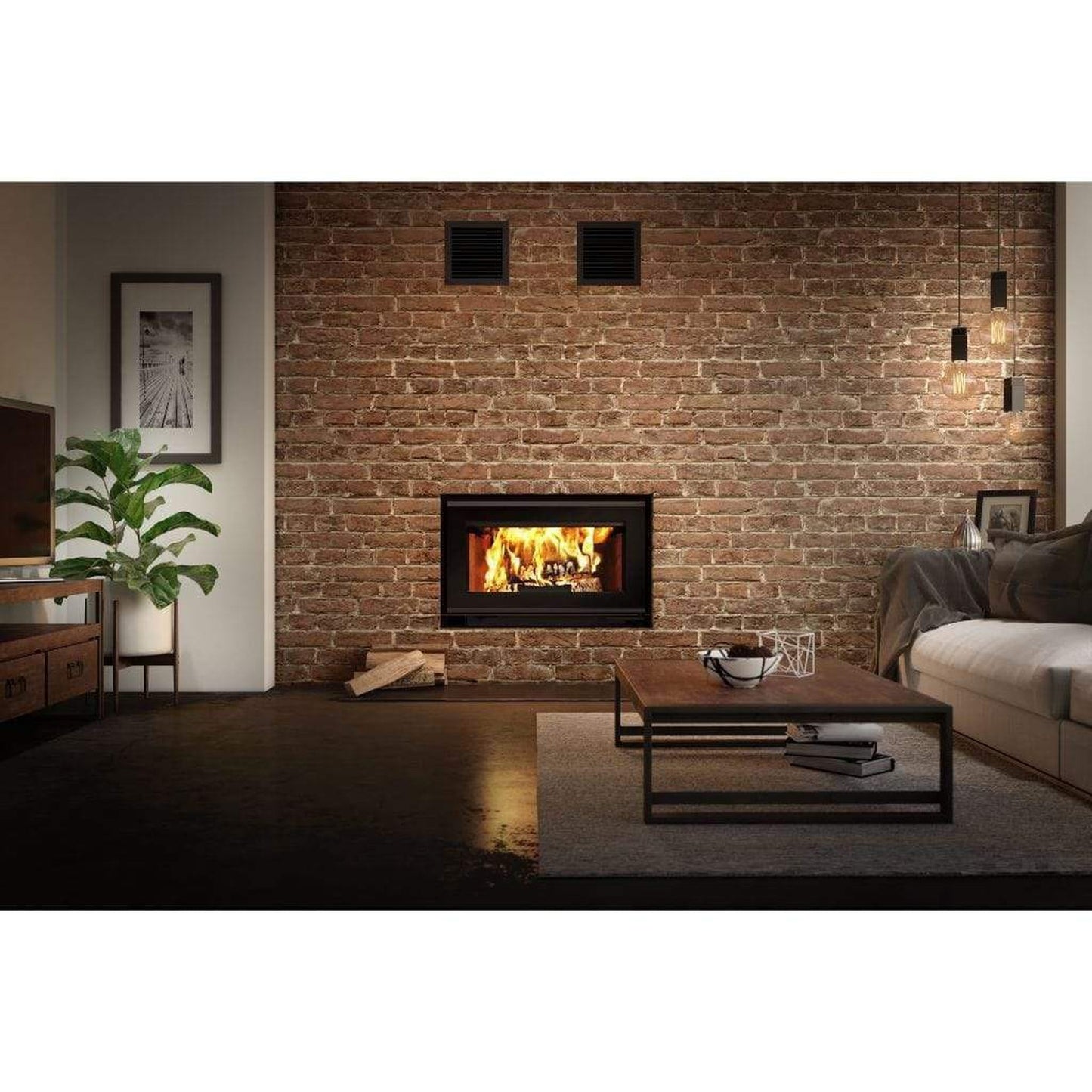

What our customers are saying...
-

Researched and ordered my fireplace from US FIreplace Store. Pricing was a fair value however, the customer service was EXCELLENT! I had an issue with the direct vent venting. I called US Fireplace and the correct items were sent out the next day AND Janessa stayed on top of my return authorization and sent me the permissions and documents I needed to return the incorrect item and no cost to me, including return shipping. Overall, I am a very satisfied customer and my fireplace looks and operates flawlessly. I am glad that I selected US FIreplace to source my direct vent fireplace. Thank you for the great service.
Clay
Monteagle, TN
-

I had placed an order, through Lowe's Home Improvement, for an Electric Firebox: Revillusion RBF42. Ordered 1st part of January. Was told I would have it in 3 weeks. When checking to see is it came in, was told it was delayed to 3/15. Was then told is was delayed until 4/25. Waited until 4/27 to check on it. Was then told it was now delayed until August. This firebox was going in a new Sun Room addition. I could not get my final inspection until the Firebox was installed. I went on line and googled for this same product. US Fireplace Store web site was given to me. This was on a Saturday. I call and reached a very nice man. Explain what I was look for. He checked and told me they had 30 of them in stock. I almost fell out of my chair. I clarified with him the product I was wanting. I ask how soon could I get it. He told me it would ship today. Again, was amazed. It arrived on the following Monday. What a pleasure and a relief working with US Fireplace Store and their employees. Exceed my expectations.
Thomas W.
Fort Mill, SC
-

Great prices, quick delivery and fast hassle free services on the issue I encountered. I had purchased an electric fireplace unit that would not fit into the existing fireplace space. With one email I was able to get the wrong fireplace refunded and picked up at my home at no extra cost and the new one I purchased and delivered free of charge. Great company.
John P.
Denvers, MA
Chosen by over 25,000 households, builders, and businesses
Why US Fireplace Store
-
100,000+ Products
America's largest selection of hearth & heating products. Fireplaces, stoves, fire pits, heaters, log sets and more.
-
Easy Returns
Need to return the merchandise? We accept returns for 30 days from the date of delivery.
-
Live Chat Support
No chatbots. Speak with a human. Average response time is 48 seconds.
-
7 Days/Week Service
We're here to help on live chat, email & phone. 8:00 AM - 11:59 PM Eastern Time.
-
Pay Over Time
0% APR is available for 3 and 12- month financing.* See if you prequalify today.
-
Staff Picks
Check out the Staff Picks collection. See the top products selected by our team.









